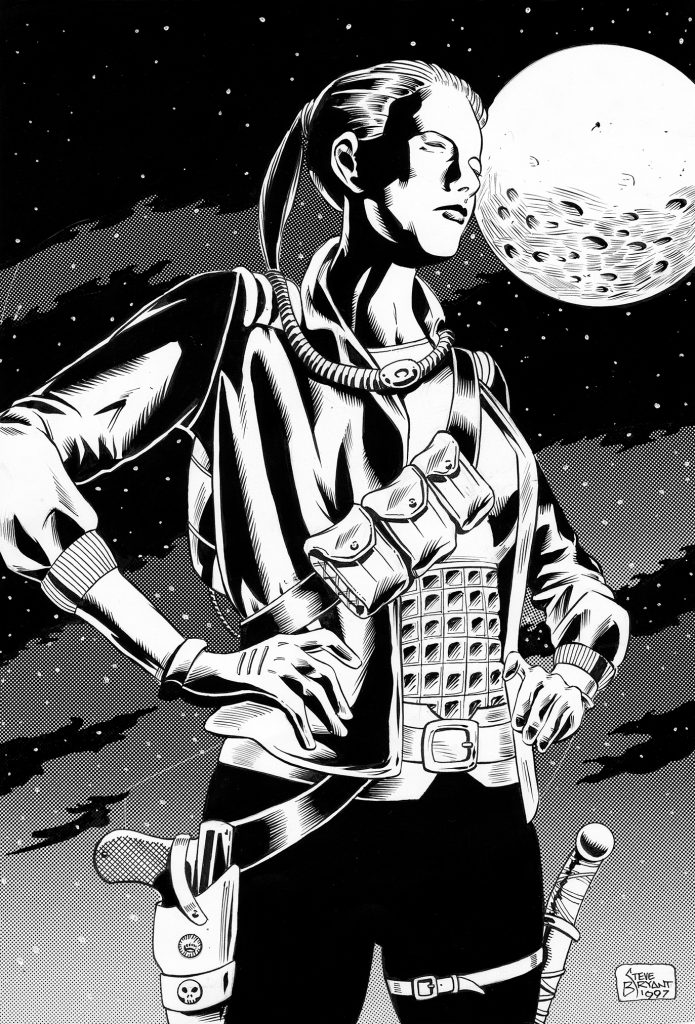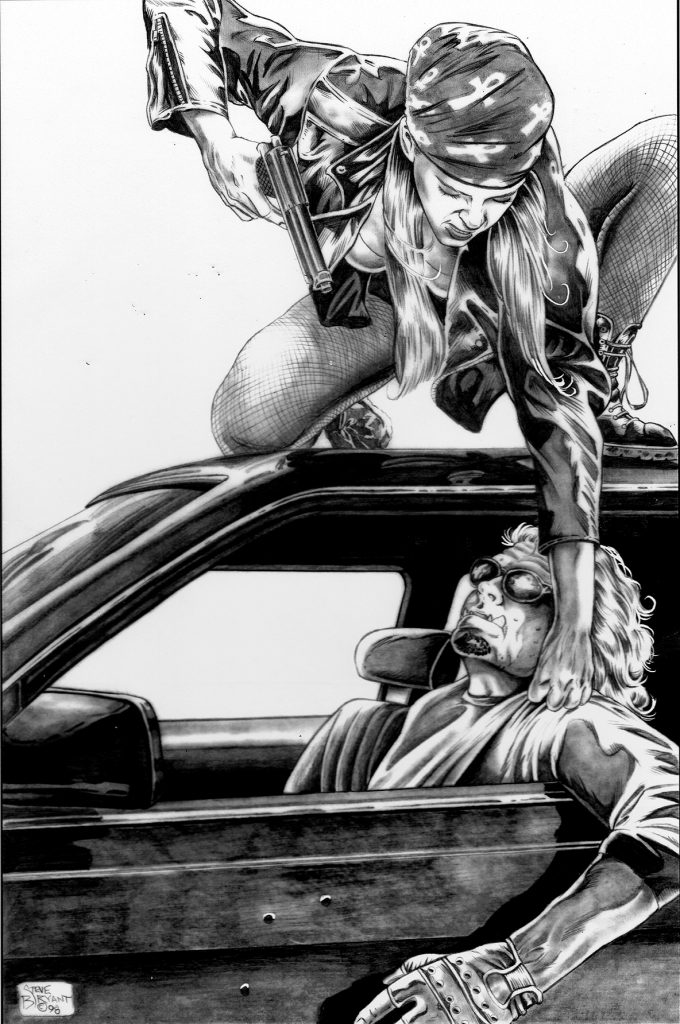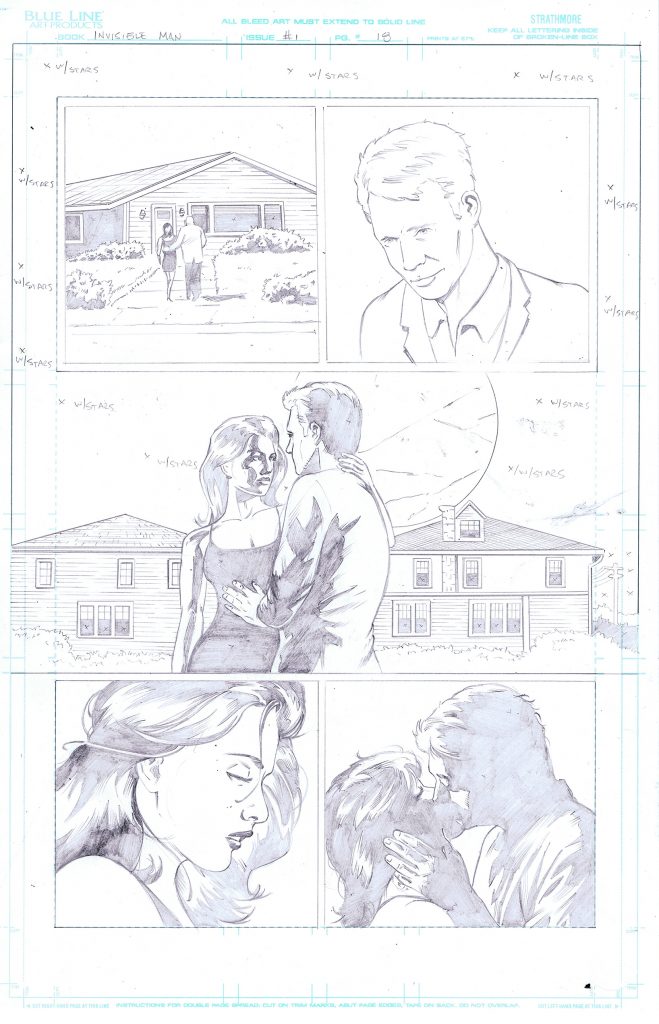I’ve recently finished writing Afterwords to two trade paperback collections of my creator-owned work. Both of these essays covered the history of the project—including stops-and-starts, previous iterations, and even missteps.
While writing these, I asked myself why it’s so important to me to document all this stuff. Is it an exercise in self-indulgence? Is it that I’m actually pretentious and feel that the minutia of what I do needs to be shared with everyone? Or is it something else?
I realized that, as with many aspects of my creative approach, it comes down to Rush.
I’ve written before about how the Canadian rock trio has influenced me as a creative, and I’ll probably do so again in the future.
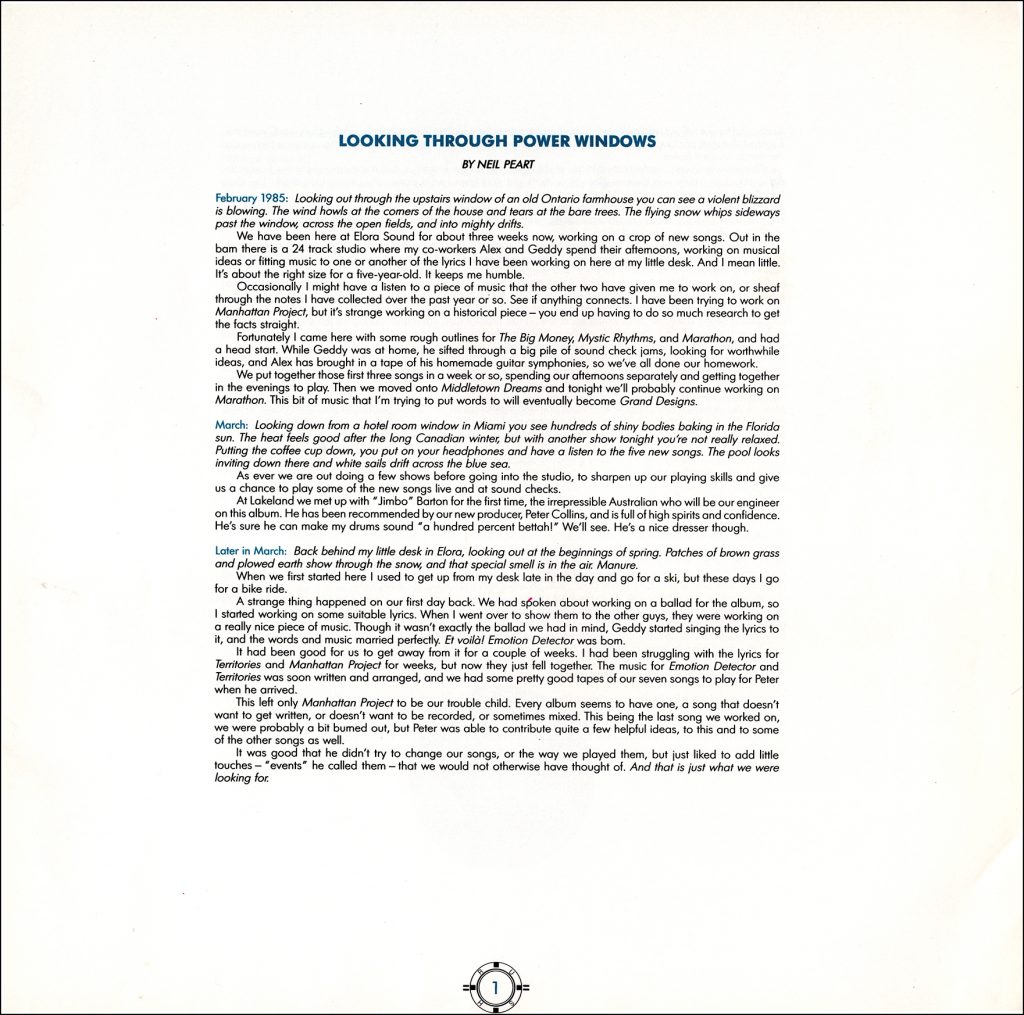
My love of documentation for a project can be traced directly to the tour books that Rush produced during my formative years. Created as 12” x 12” 32-page glossy books, the tour books kicked off with an essay by drummer/lyricist Neil Peart, offering insights into the writing and recording process. Equipment lists by all three band members (Peart, bassist/vocalist Geddy Lee and guitarist Alex Lifeson) followed. The books were capped off by a series of concert photos.
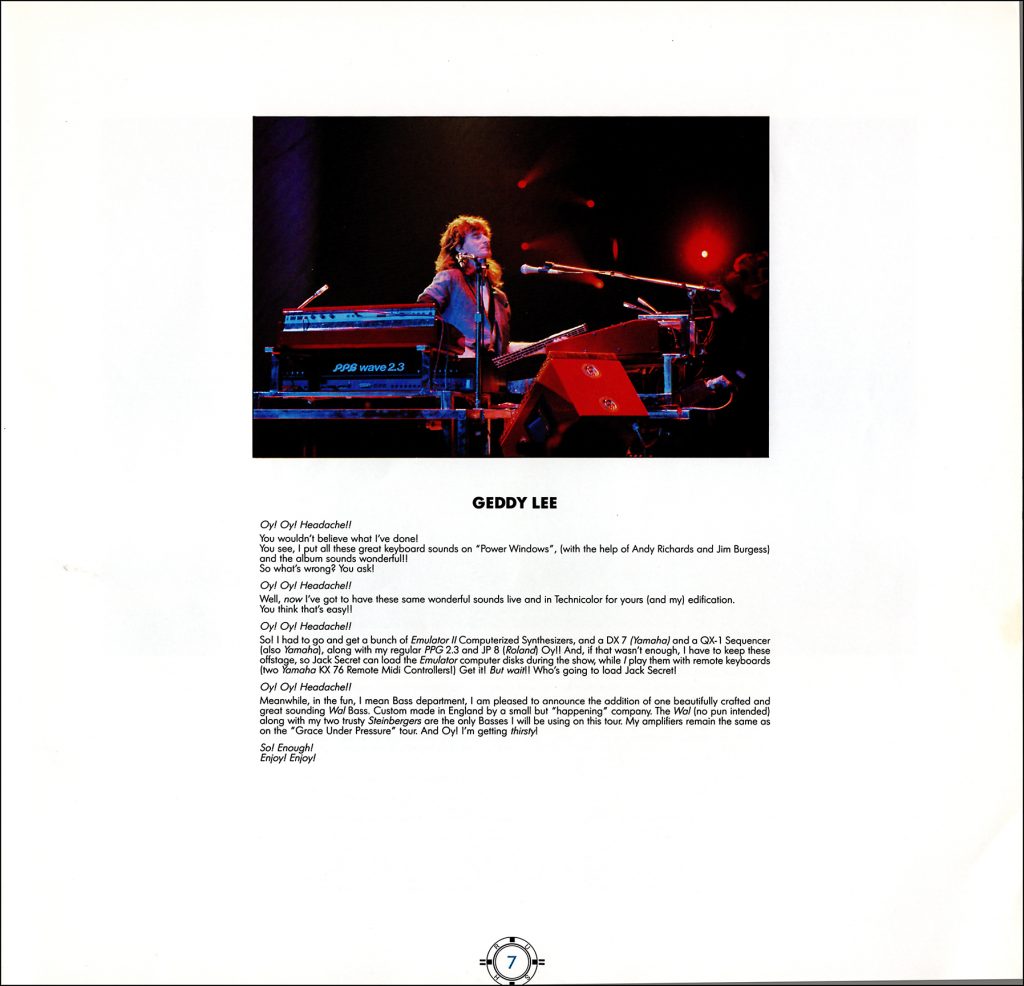
The tour book cover design replicated the corresponding album cover art, and, at the same size as the 12” vinyl albums they discussed, these volumes shared space with each record in my collection. They were, in a sense, an Afterword for each album.
When seeing other bands in concert, I was disappointed to learn that this kind of tour book was an anomaly.
I’ve carried this love of insight into the creative process with me for over thirty years. In fact, one of the motivators behind me buying a laserdisc player (back in the day) was the additional audio track where directors, cast, and screenwriters discussed the behind-the-scenes process of the movie. When those commentary tracks became standard with the advent of DVDs and Blu-rays, I was in heaven!
Art books that detail an artist’s process are among my favorites, too. Step-by-step in-progress images, photo reference used, thumbnail sketches, alternate versions, color studies, value studies…any and all of it is exciting to explore. And the more of it, the better!
And that brings me around to comics.
I’ve always been a mediocre collector, at best. Bagging and boarding comics was never my favorite part of the hobby. I latched onto trade paperback (and later, hardcover) collections early on. My favorites were—you guessed it—the ones that provided additional information on how these stories were created.
I never tire of this. Learning more about how art I love is created is endlessly fascinating to me. It certainly carries over to the books I’m making these days. I think about what I would like—as a fan—in the work of creatives I love, and try to make something that matches my expectations.

